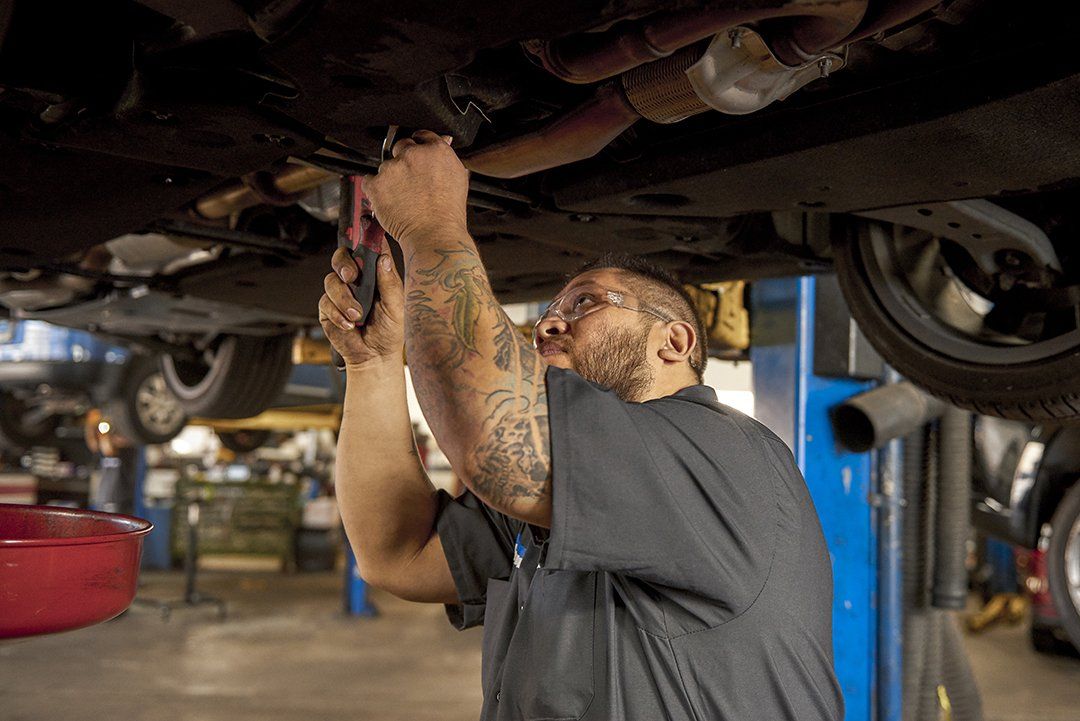Manual transmission systems, likewise called hand-operated gearboxes or stick changes, call for chauffeurs to by hand select gears making use of an equipment stick and operate a clutch pedal. This setup provides straight control over the car's power and rate, enabling a much more involved driving experience. The core parts of a manual transmission include gears, shafts, and synchronizers, which work together to transmit engine power to the wheels effectively.
In a normal handbook transmission, the motorist uses the clutch pedal to disengage the engine from the transmission, selects the preferred equipment using the gear stick, and afterwards releases the clutch to re-engage the engine with the new gear ratio. This procedure permits for accurate control over the automobile's performance, allowing vehicle drivers to optimize power distribution for different driving conditions. The direct mechanical link in manual transmissions commonly leads to much better gas performance and an extra linked feeling in between the vehicle driver and the car.

The drivetrain in vehicles with hand-operated transmissions consists of numerous key elements:
•Clutch: Engages and disengages the engine from the transmission to enable gear changes.
•Transmission: Has a set of equipments that can be chosen to adjust the lorry's speed and torque.
•Driveshaft: Transmits power from the transmission to the differential.
•Differential: Disperses power to the drive wheels while enabling them to revolve at different rates, specifically throughout turns.

Comprehending these elements is critical for appropriate automobile upkeep and operation, making sure a smooth and receptive driving experience.
Check for more info at Logan Square Auto Repair - Automatic/Manual Transmission Systems Facebook Youtube Instagram
Latest Posts
Why Choose Modern Nissan of Hickory for Your Oil Modification?
Modern Mazda of Burlington: Your Trusted and Reliable Mazda Dealer in NC
Sierra Motors Chrysler Dodge Jeep - Top-Quality Certified Pre-Owned Vehicles Explore Local Ottawa IL Selection
Navigation
Latest Posts
Why Choose Modern Nissan of Hickory for Your Oil Modification?
Modern Mazda of Burlington: Your Trusted and Reliable Mazda Dealer in NC
Sierra Motors Chrysler Dodge Jeep - Top-Quality Certified Pre-Owned Vehicles Explore Local Ottawa IL Selection